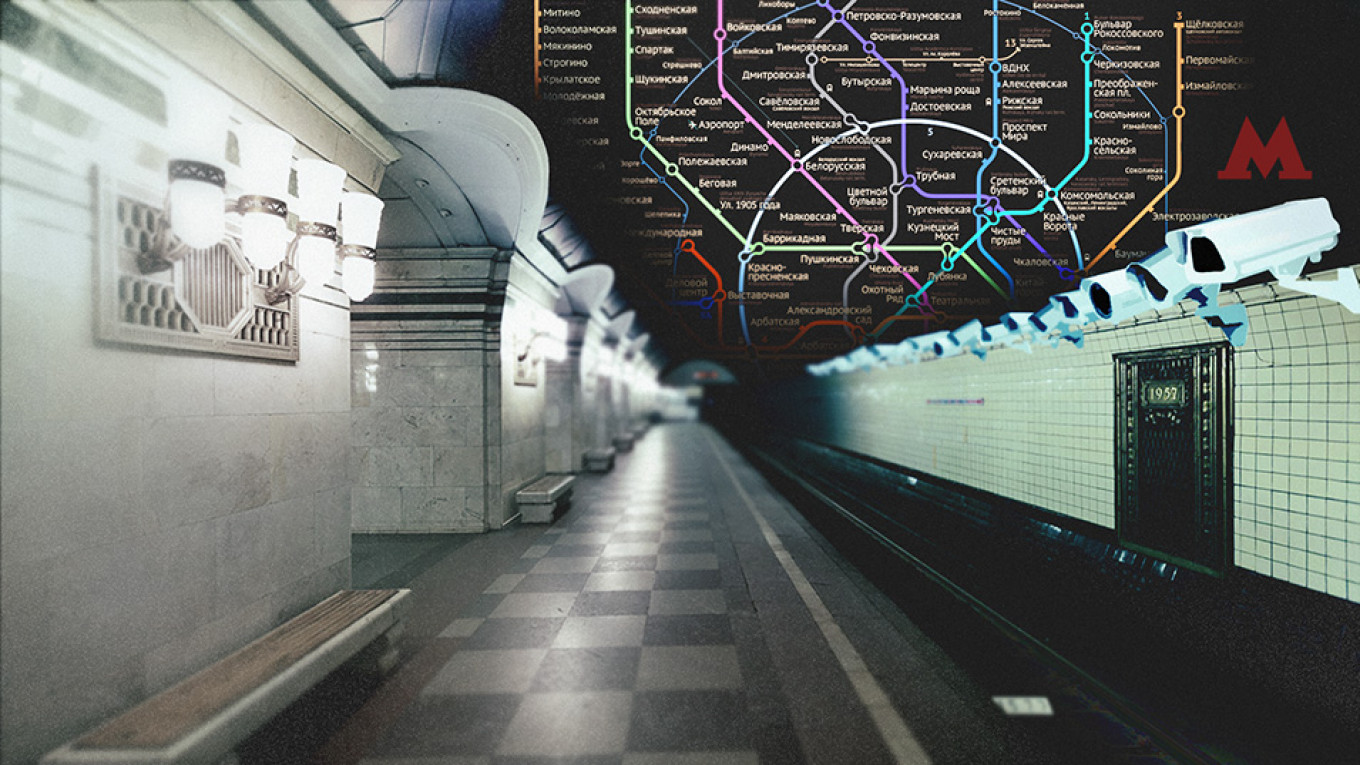Russia Is Building One of the World’s Largest Facial Recognition Networks
During the World Cup, facial recognition systems using neural network image processing to identify, track and blacklist individual suspects were connected to security cameras in and around stadiums in the eleven host cities, from bustling Moscow and St Petersburg to Saransk (population: 320,000). Reportedly, over 180 rule breakers were detained and barred from World Cup matches after they were identified by facial recognition algorithms.Even after the fans left, the technology quietly stayed in place. In fact, the World Cup kicked off a flurry of Russian investment into facial recognition. In 2018, the Moscow Metro announced trials for facial recognition cameras to surveil passengers on trains and in stations. By 2020, the technology will go much deeper, identifying passengers entering the Metro and taking payments directly from their bank accounts before issuing them tickets.
Outside the Metro, Muscovites visiting the capital’s major train stations and Domodedovo International Airport are already under the watchful eye of neural networks. Soon, courtesy of a program announced last year by Russia’s Central Bank, facial recognition software will govern consumer access to bank branches, online banking and government services like the processing of taxes, social security payments and passport renewals across the entire country.
Meanwhile, the state’s own network of facial recognition surveillance cameras is growing rapidly. Facial recognition trials began in Moscow in 2017. Less than two years later, the city government has deemed the experiment a success, claiming to have caught more than 200 wanted criminals. In May 2019, Moscow announced a tender to install facial recognition software in up to 200,000 surveillance cameras around the city, with 105,000 to be connected by the end of 2019.

No comments:
Post a Comment